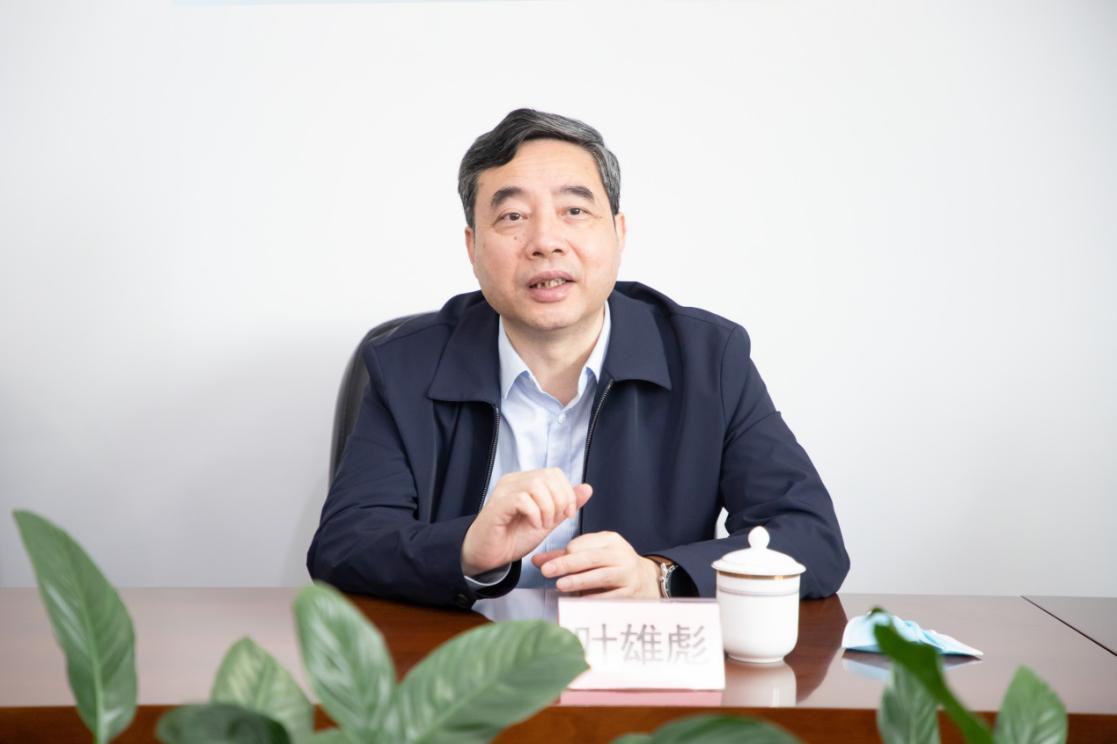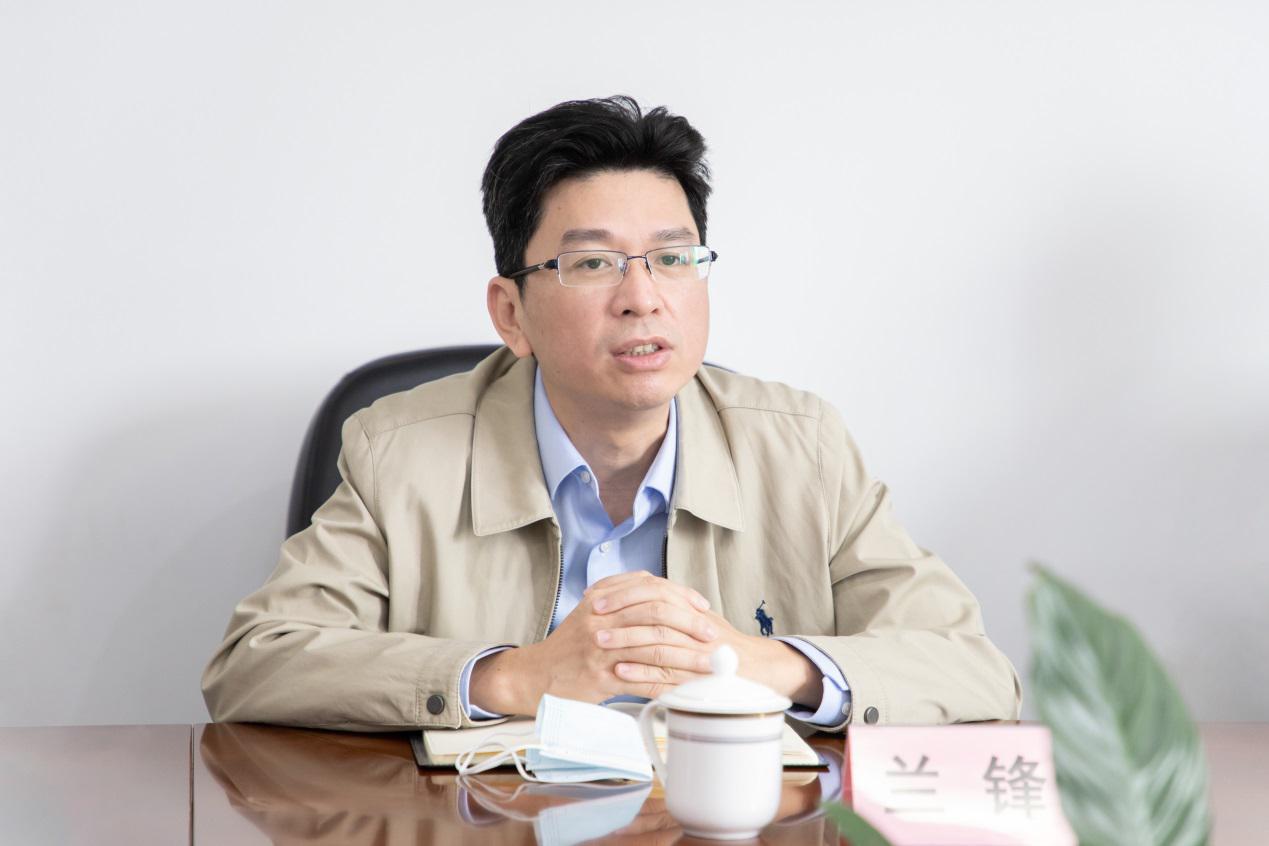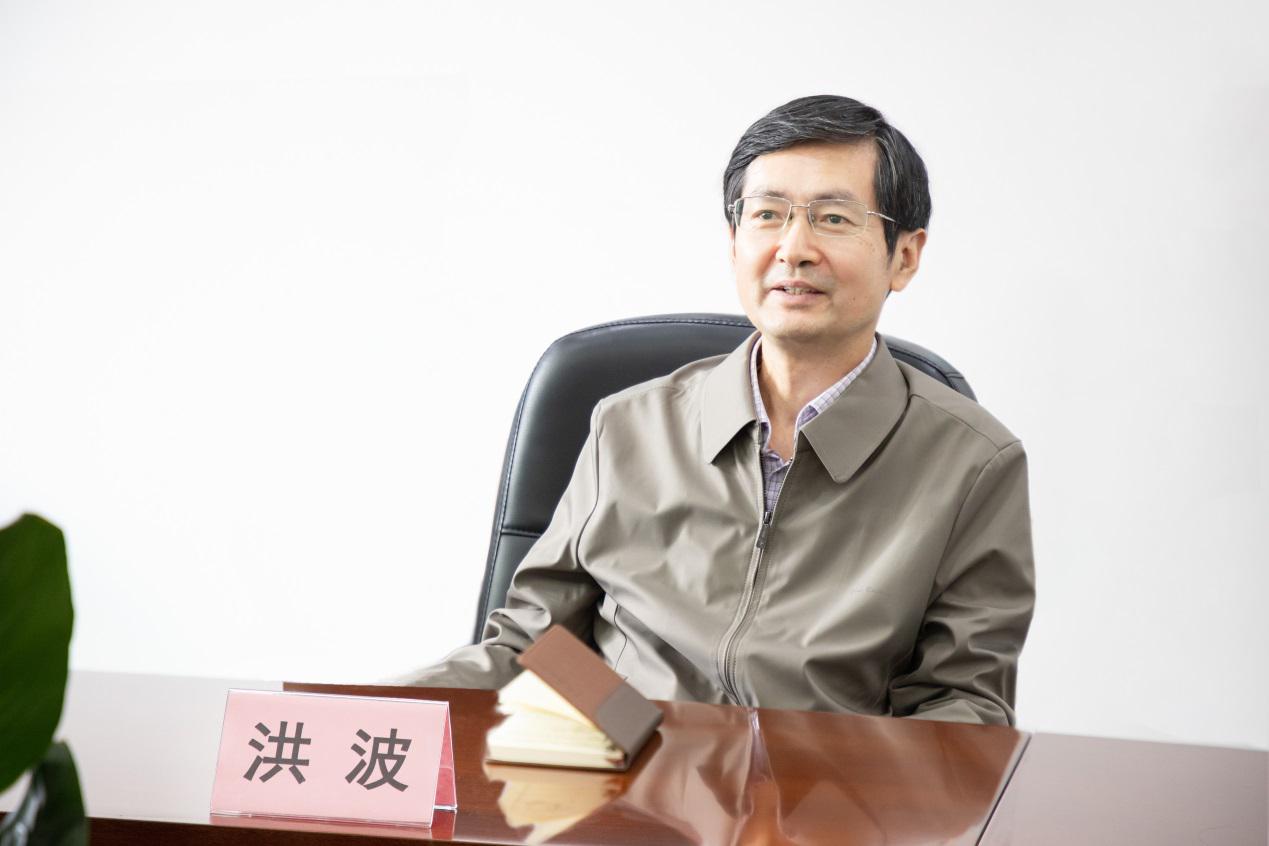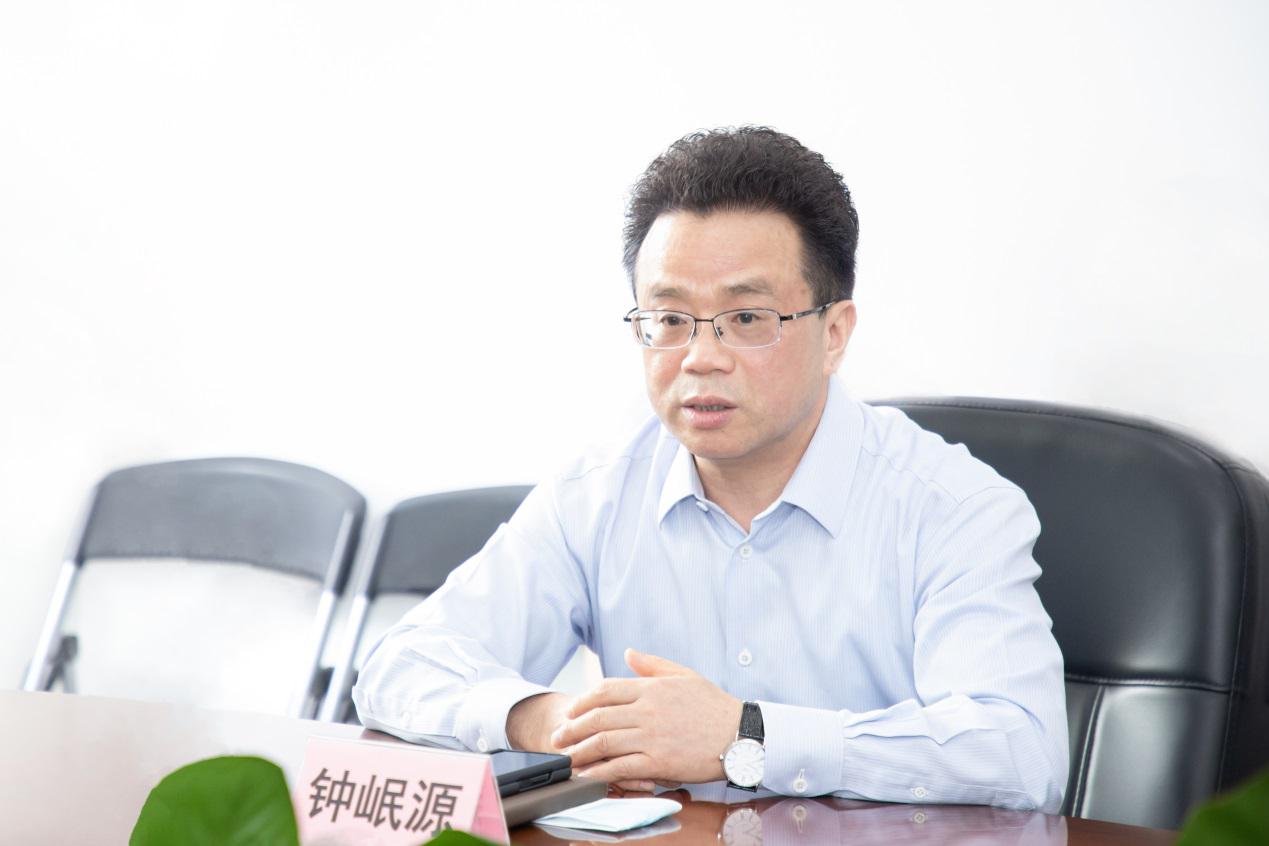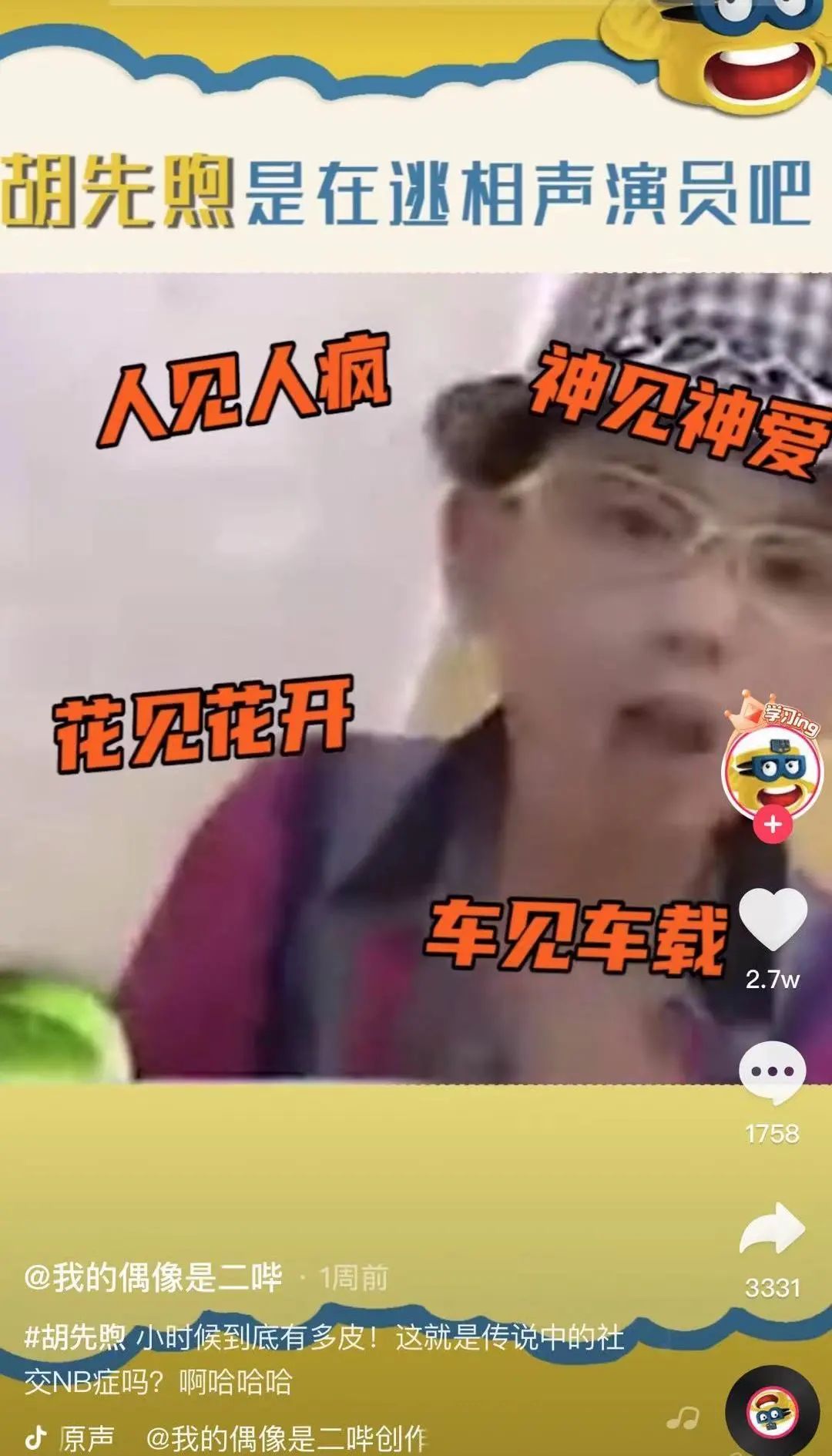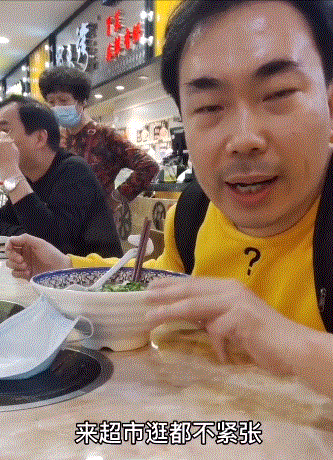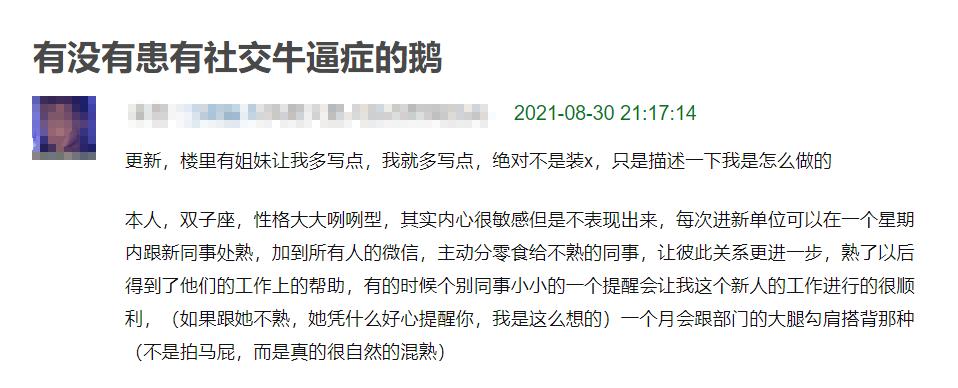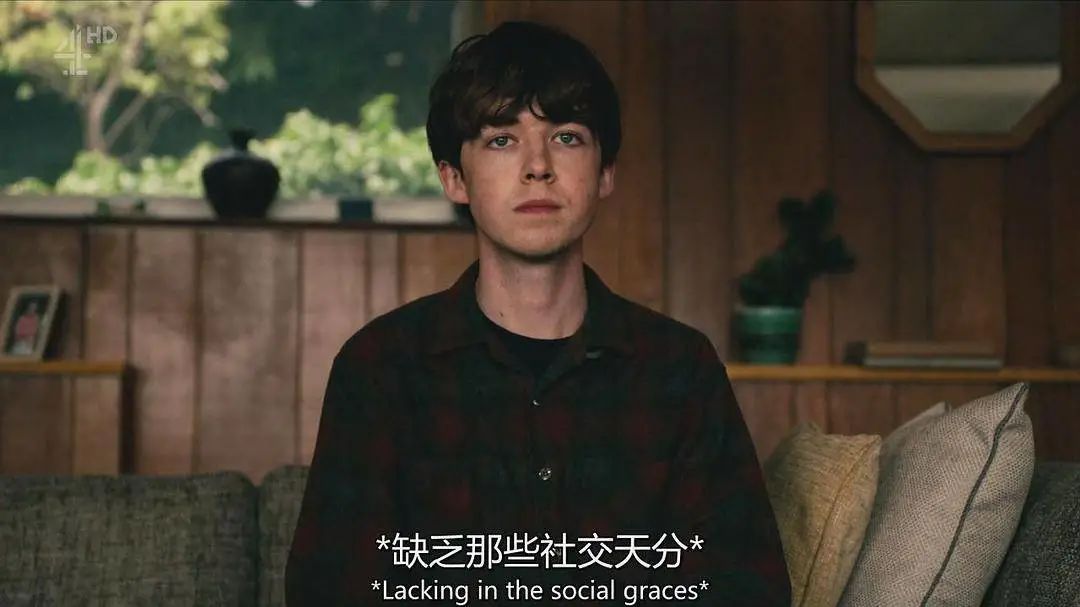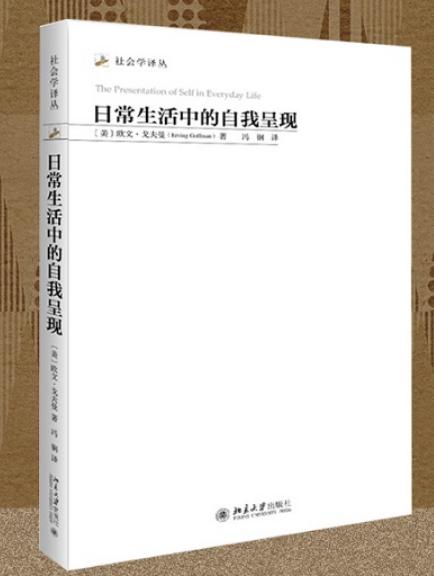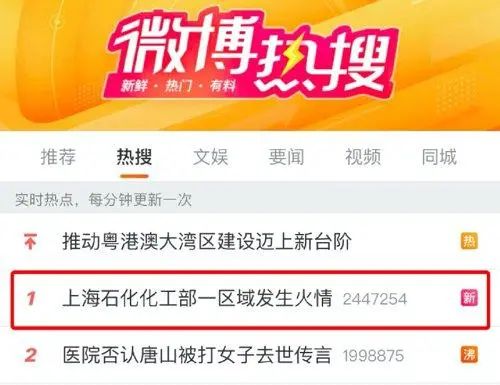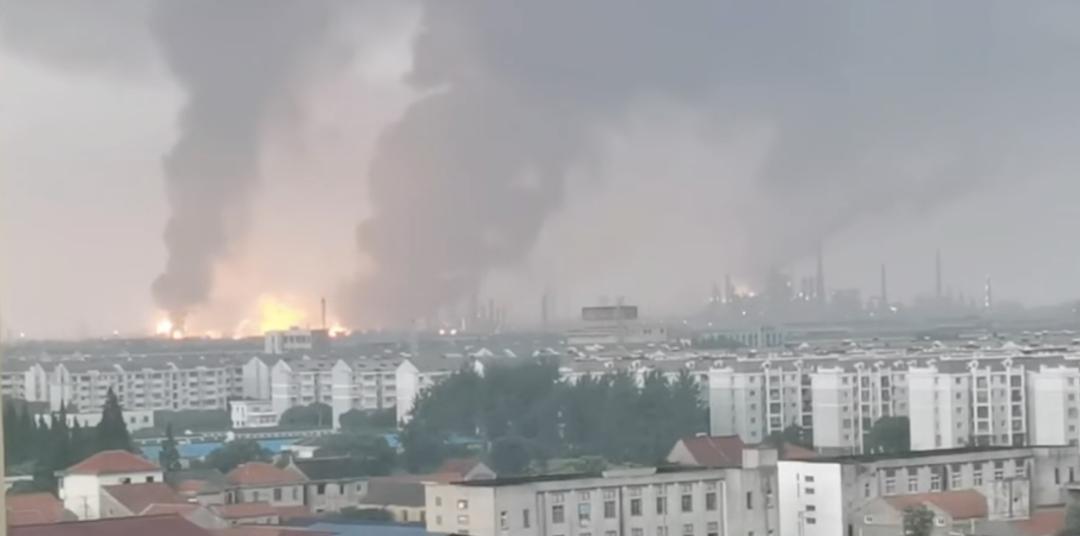"A Spoon" was late on time and was put into the cold shoulder.

1905 movie network exclusive feature This summer, several films started with box office results of around 400 million yuan, followed by a long-distance running of up to 2.4 billion yuan at the box office, and those who stepped on the tail of summer also collected 300 million yuan. Compared with the high box office, these films actually have their own topic attributes: thanks to the eyes of the people in Chaoyang District, these films that were once in the "cold palace" have taken a lot of effort to return.
Now, the annual Taiwan Golden Horse Awards will start again this Saturday, and the mainland film which was nominated for five nominations last year and won Chen Jianbin the Best New Director and Best Actor awards can finally be released on November 20th. Chen Jianbin has gone through a difficult road of "rejuvenation" after it may not be released, until it was shortlisted for three golden roosters and flowers this year and won the Best Director’s debut award, and now it can be seen in the cinema that it has been prepared for many years.
However, most of these films, which were dragged down by "poisonous gas", were actually good films with both word-of-mouth and box office, but they were in crisis because of the actors’ personal reasons. It was really helpless and heartbreaking for the filmmakers and creators who paid money, time and effort for the film and the art itself, and even the media and the audience could not help worrying about it, and they did not want to miss these excellent films. How did they get out of the trough and walk into the cinema smoothly?

"Urban cinemas, cinemas, rural cinemas and film teams have suspended the screening of films produced by illegal and criminal actors such as drug abuse and prostitution as the main creators." After September last year, films, TV programs, online dramas, micro-movies, etc., which were produced by "inferior artists", were required to suspend broadcasting. This involved "poisonous meat" such as Fang Zuming, Kai Ko, Wang Xuebing and Gao Hu not only "pitted" their bodies, but also directly gave the filmmakers a sap: the film department starring them entered the "cold palace" in order to be shown in the cinema.

A spoon has really become a "fool"
Wang Xuebing’s sudden arrest also messed up this Chen Jianbin debut "A Spoon", which was originally scheduled to be released in May 1st in 2015. In the northwest dialect, "spoon" means "fool". At that time, Chen Jianbin was really stupid. The filmmaker once persuaded him to lead a team to Xinjiang to make up the film, but as a literary film, A Spoon managed to scrape together some money, and then he pulled his face down and asked friends and relatives to help him make up a film. I’m afraid it’s really impossible for Chen Jianbin to make up the film for itself, which doesn’t produce much commercial returns.
As a result, the film always gave up the make-up because it was too difficult to connect scenes and the actors who replaced Wang Xuebing could not be compared with it. The released version of the film won the award recognition at this year’s Golden Rooster and Hundred Flowers Film Festival, which is basically no big problem. In the end, although it was deleted for nearly 10 minutes, after cutting off the head and tail, it was also deleted for 4 minutes. Wang Xuebing’s "Big Brother" who takes people’s money to eliminate disasters lasts about a quarter of an hour in the whole movie, but most of them are sitting in the driver’s seat. Although there are many lines, they can hardly see their faces, and they can’t even tell it’s him.
"Hot Sun Burning Heart" and "Tiny Times 4" cleverly "change face"
Similarly, there is another literary film "Burning Heart in the Sun" directed by Cao Baoping, which was originally scheduled to be released on November 21 last year. However, because the drug-related artist Gao Hu postponed the schedule to August this year, he also won the award of "Three Yellow Eggs" at this year’s Shanghai International Film Festival, which reassured the film’s success in going to the cinema.

Gao Hu is the lightest character among the three brothers in The Burning Sun, and in the released version, Cao Baoping also wants his film to have the most complete presentation. Although Gao Hu’s lens is reserved, his face is distorted because of the reasonable arrangement of the plot. Finally, Gao Hu’s monologue lens is replaced by a subjective lens imitated by a shaking camera.
In the movie, Gu Yuan, played by Kai Ko in the movie, didn’t rush out of prison or leave without saying goodbye. He was still involved in the feud with Gu Li, Ye Chuanping and others as a party. However, the compromise made by Xiao Si was that all the clear front shots of Kai Ko were basically cut off, and only local close-ups, backs, silhouettes, reflections, etc. were presented in the form of voiceovers. In addition to some panoramic views, the whole face can be seen, and the close-up is basically not given, and the dialogue mainly appears in sound.
In addition, although there are no obvious cuts in "The Taoist Down the Mountain", Chen Kaige also said that in fact, only the main line of Fang Zuming’s story is kept, which is about 20 minutes.

"monster hunt" is either successful or dead.

Movies with many actors and clues can be cut and changed, but if the "bad artists" are the absolute leading actors, there is no way. After Kai Ko was arrested, monster hunt, which had already been filmed and originally scheduled for the Spring Festival, made a major decision: to temporarily change the angle, and Jing Bo Ran replaced Kai Ko for remake. Remaking means that it will bring an increase in investment for this film. Facts have also proved that the cost of this film has increased by 90 million yuan at one time, which is a heavy blow to the filmmakers and the main creators at that time. This requires the producer to take the mentality of burning the boat, and when it is finally released, the box office and word-of-mouth returns make it all seem worthwhile.
Next page: three steps to announce rejuvenation






